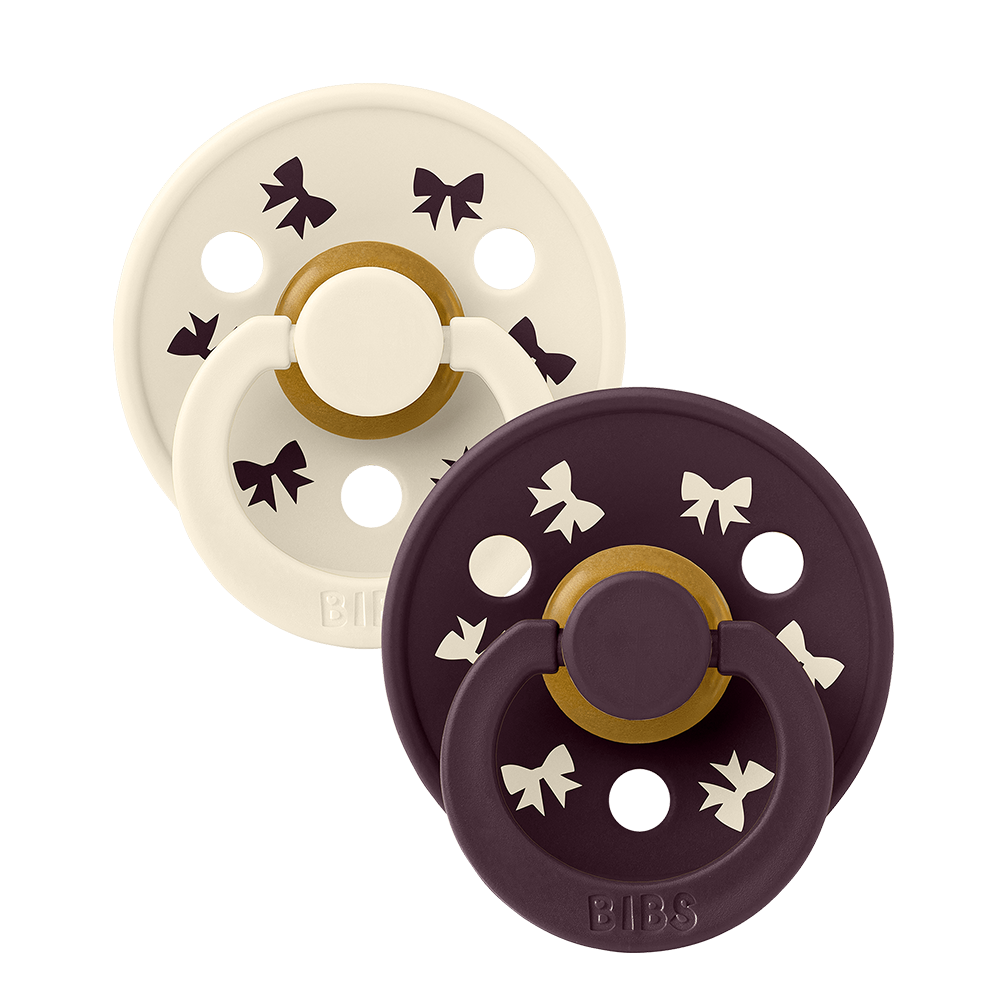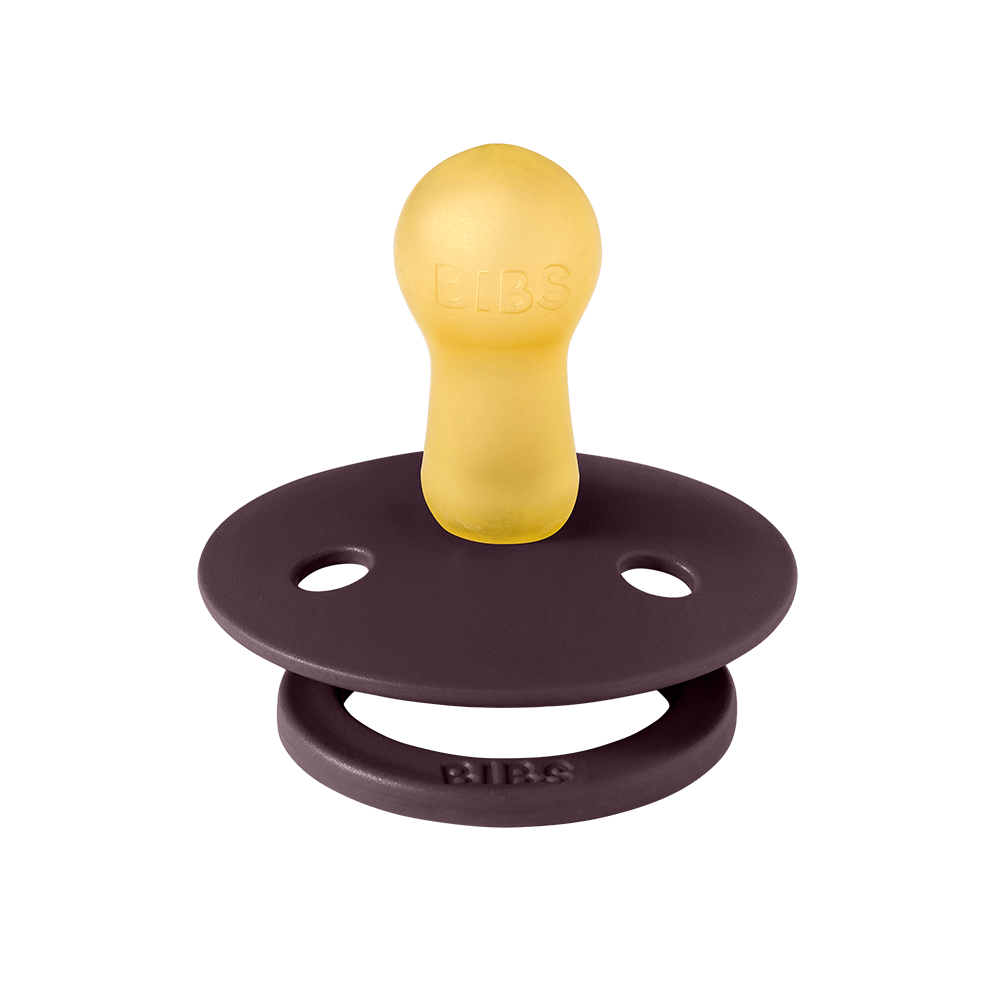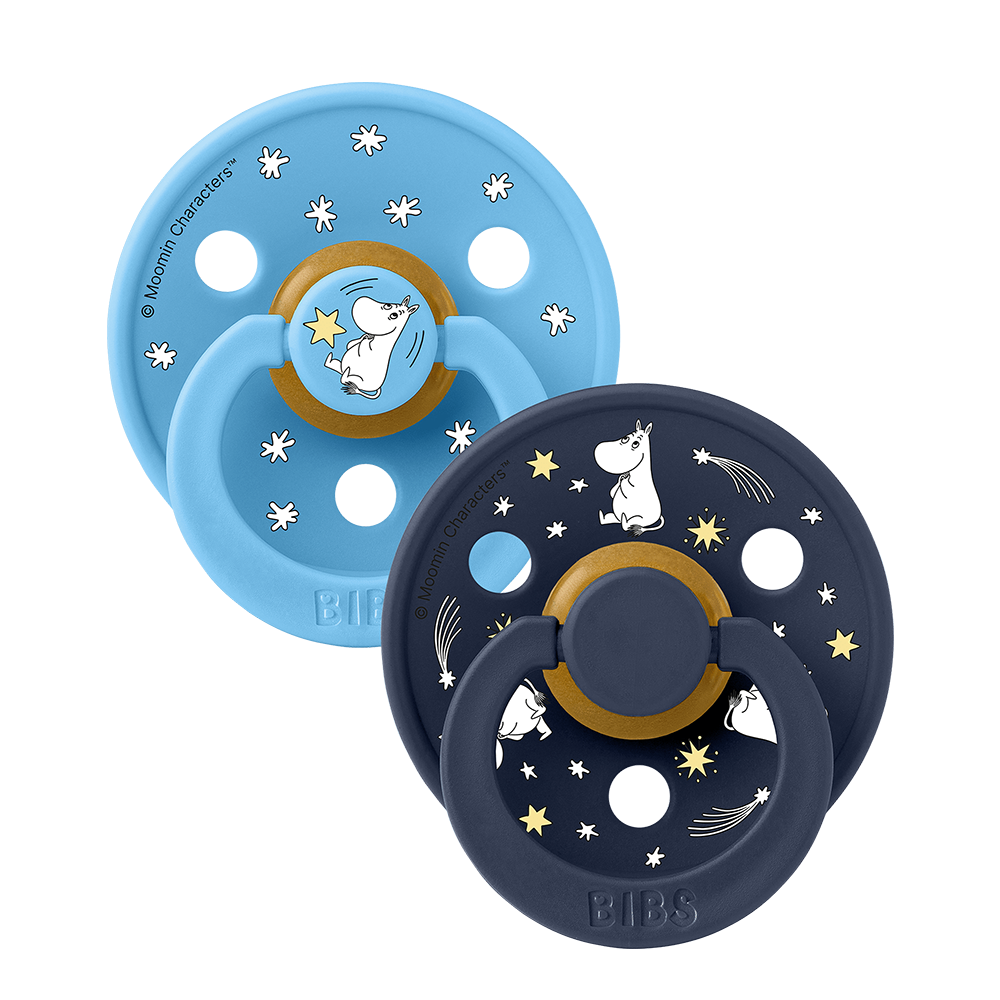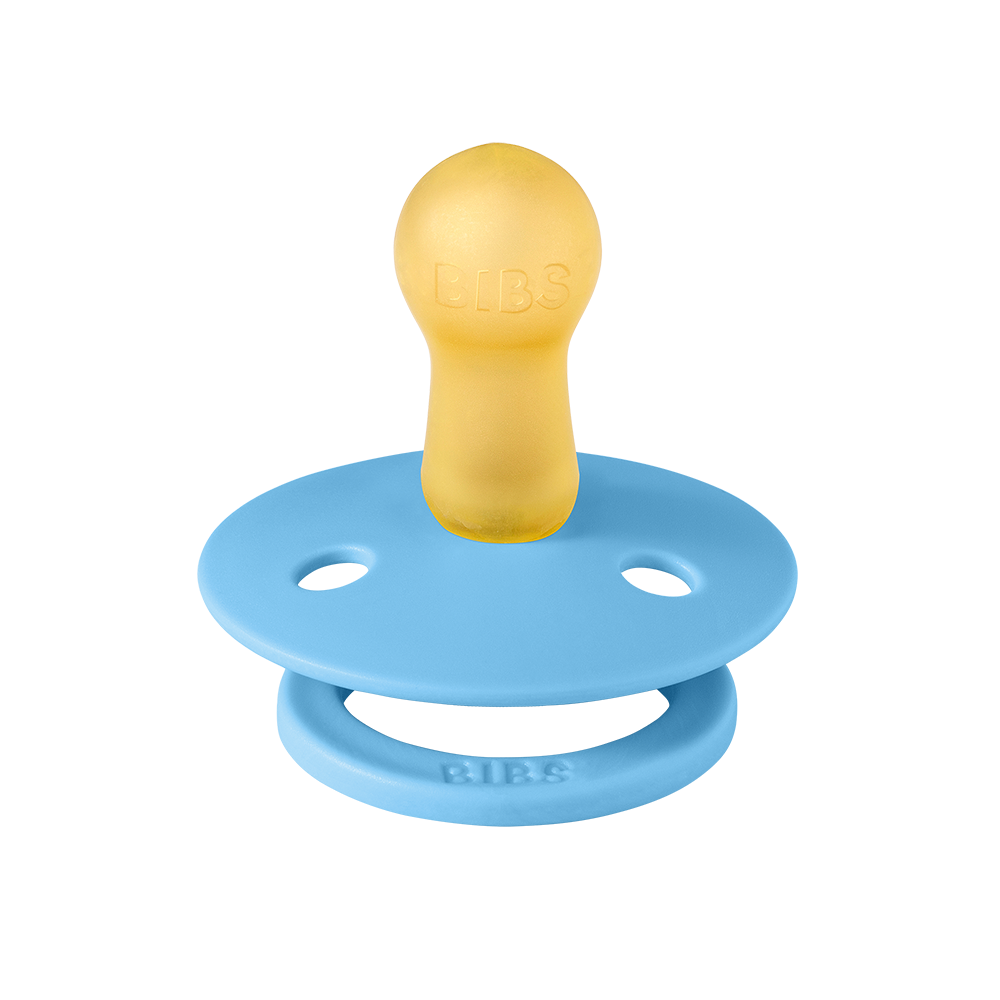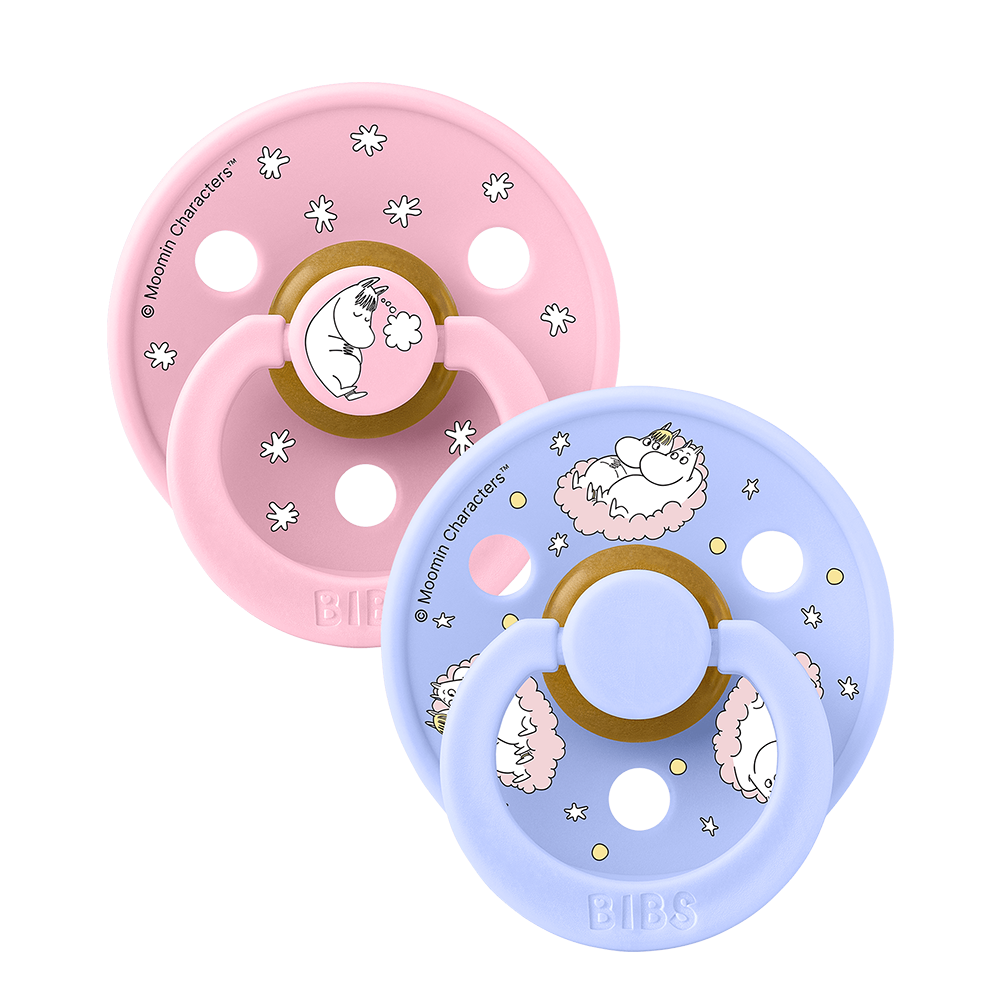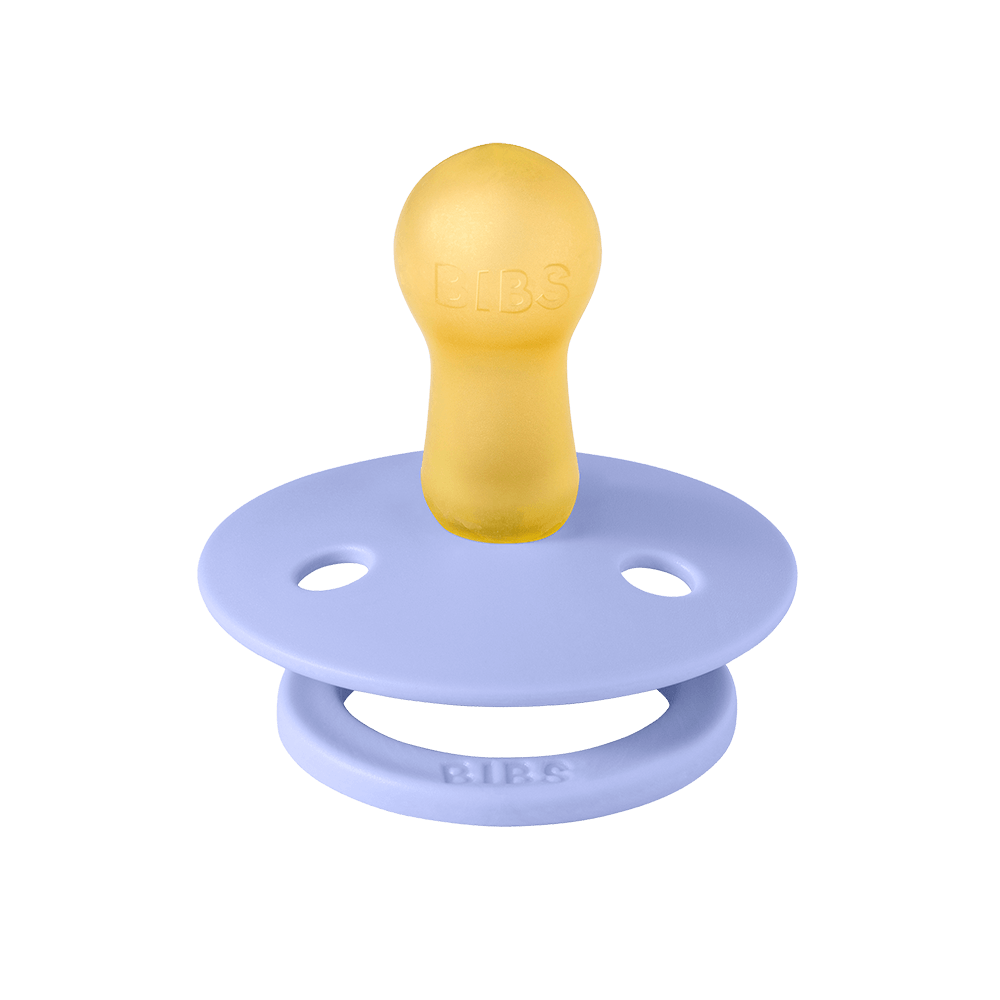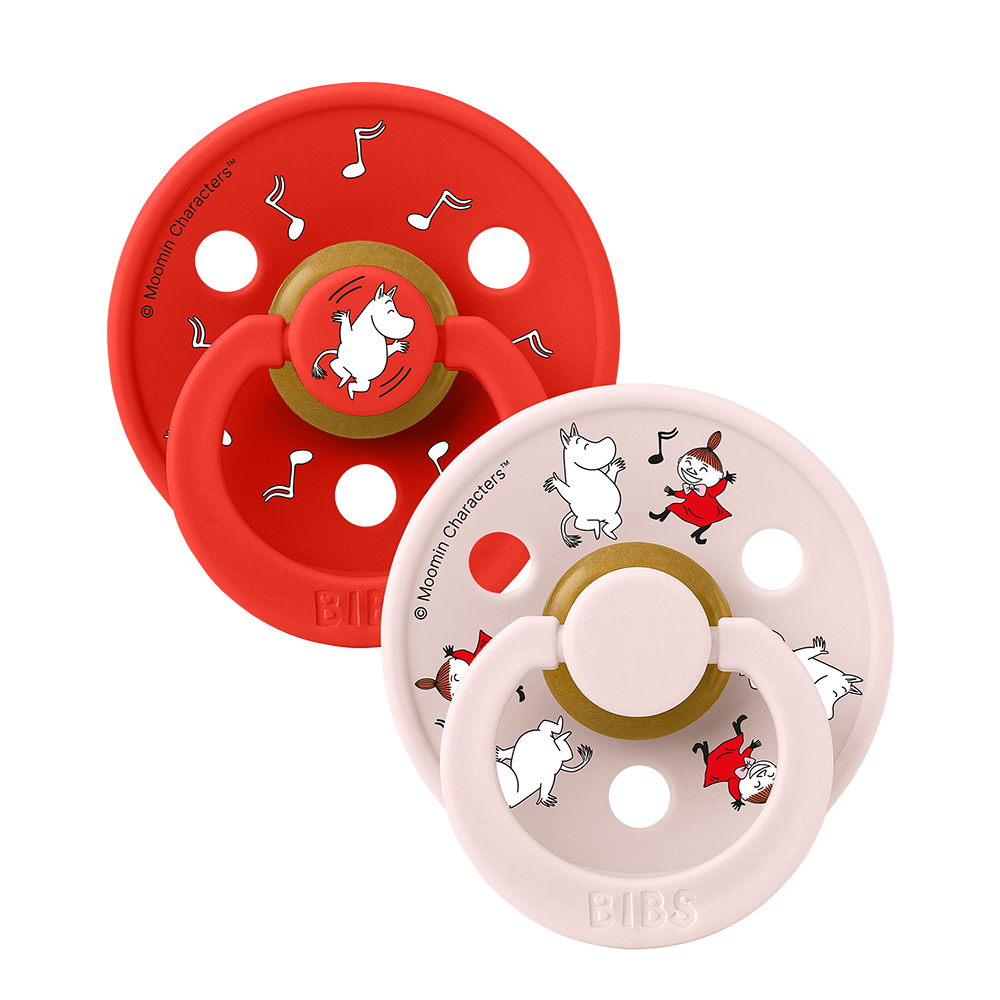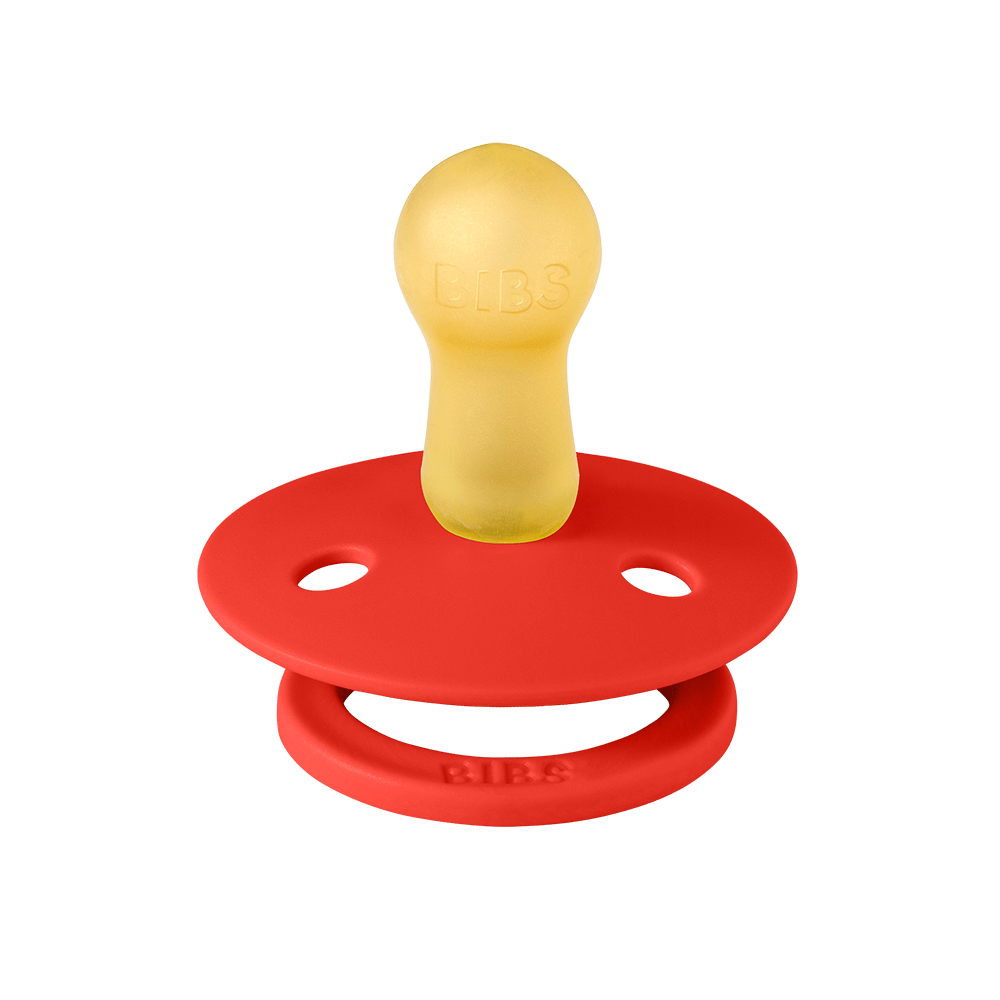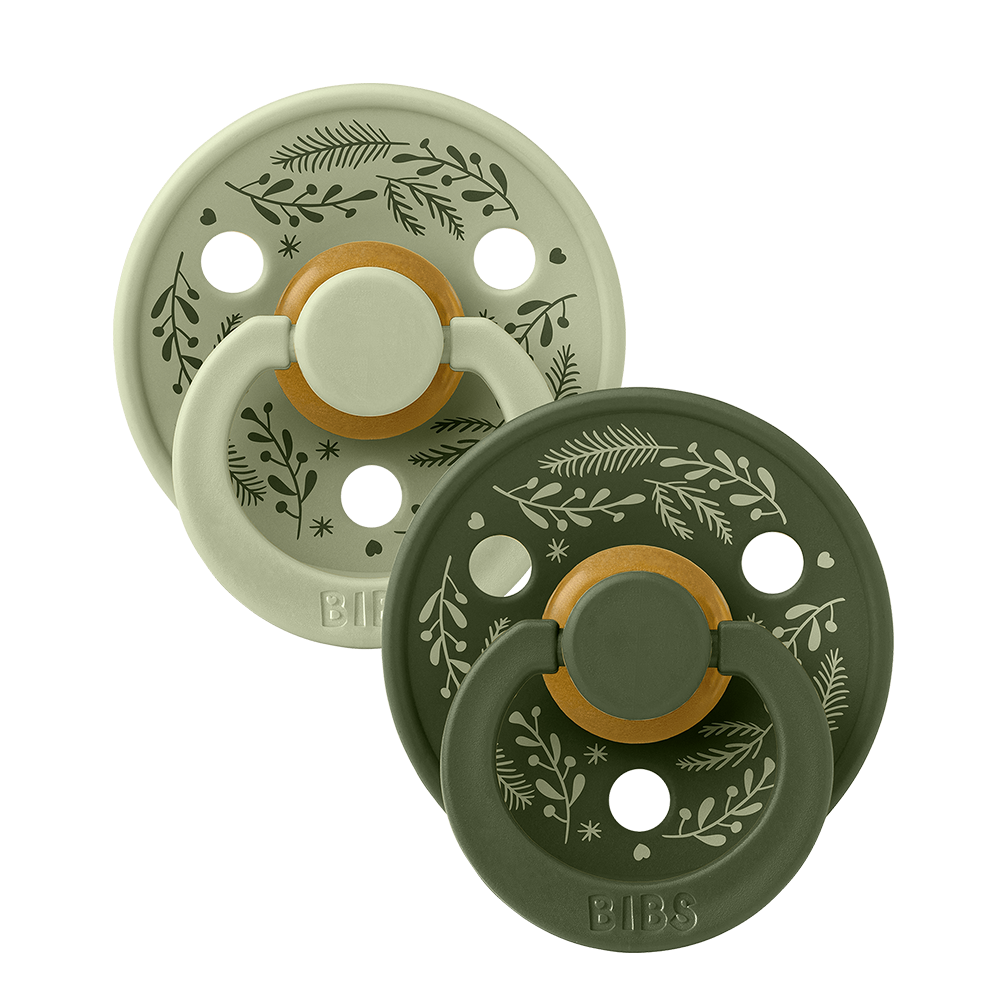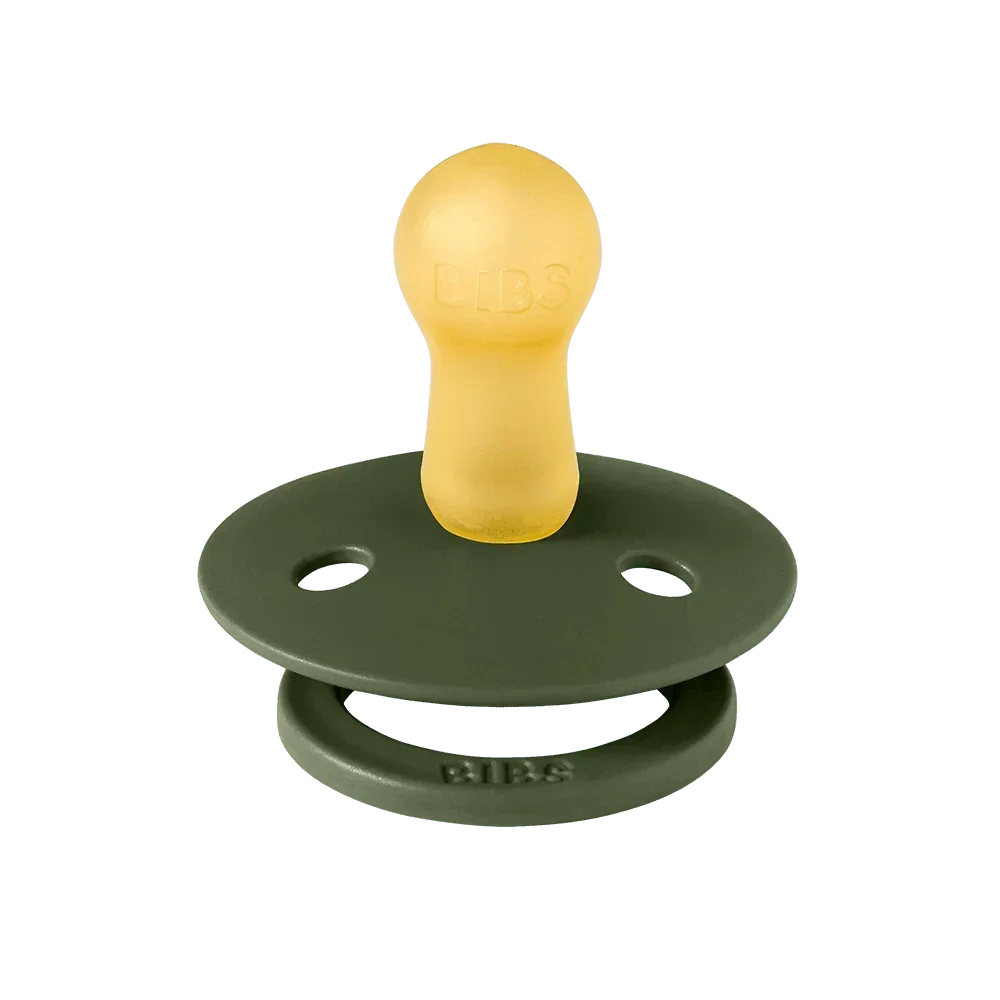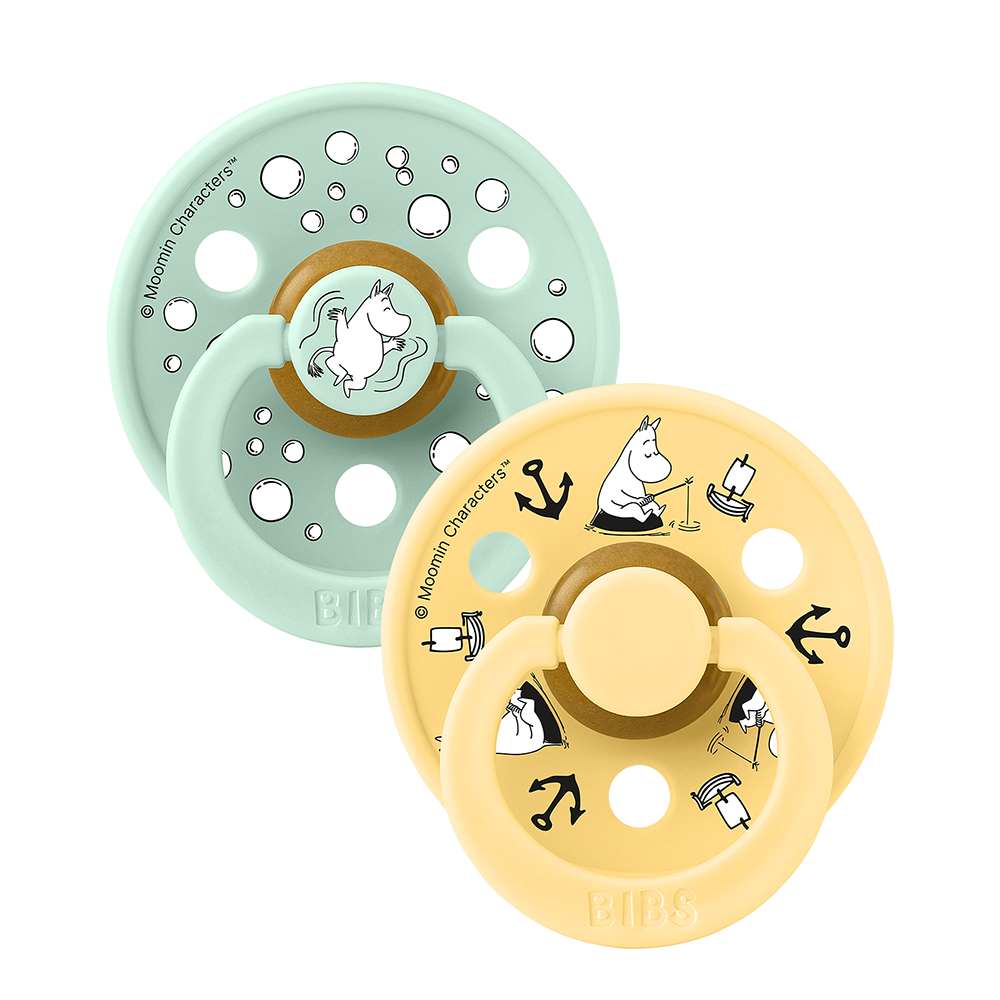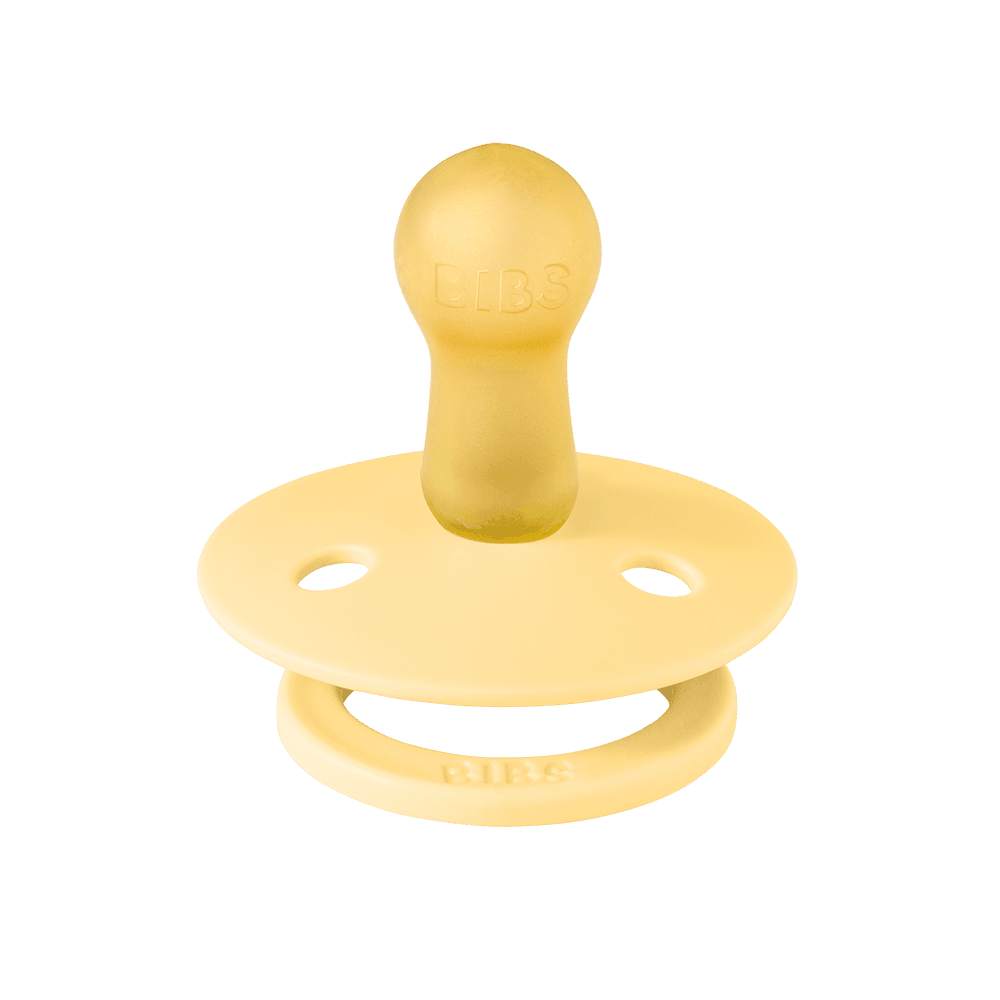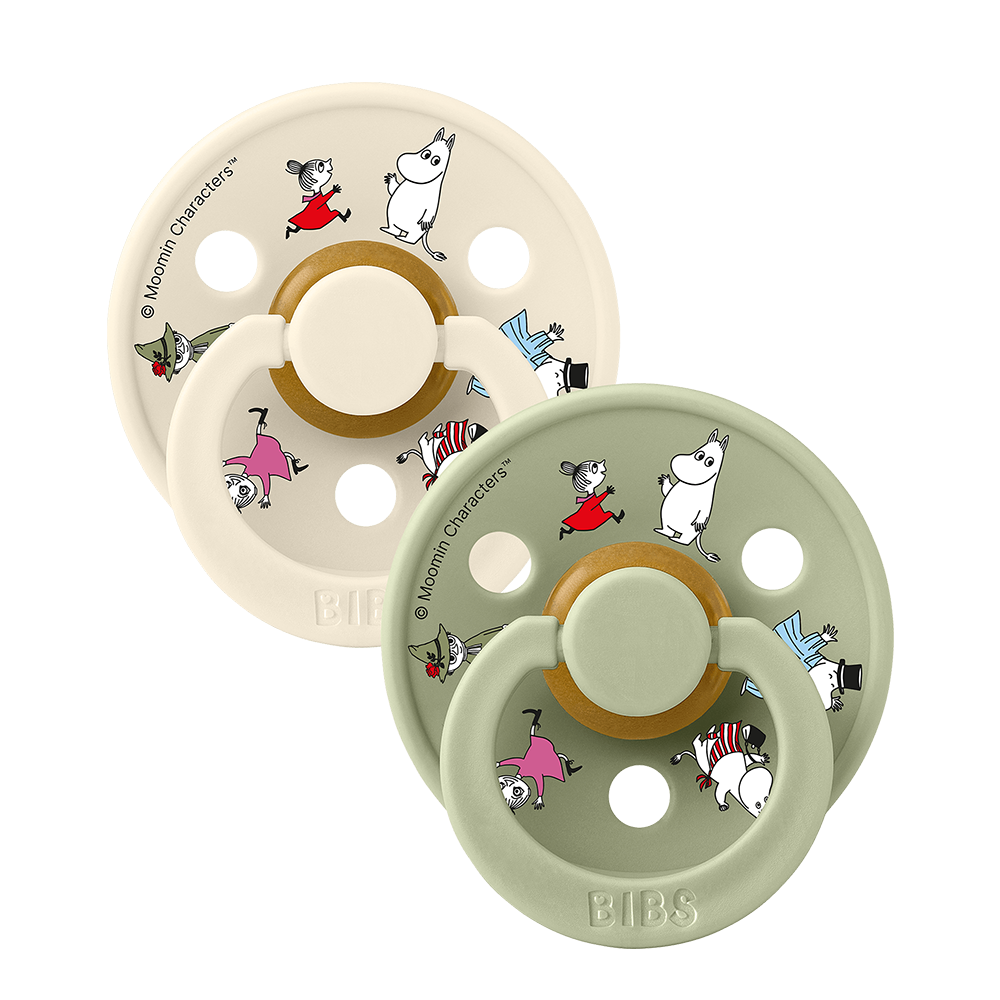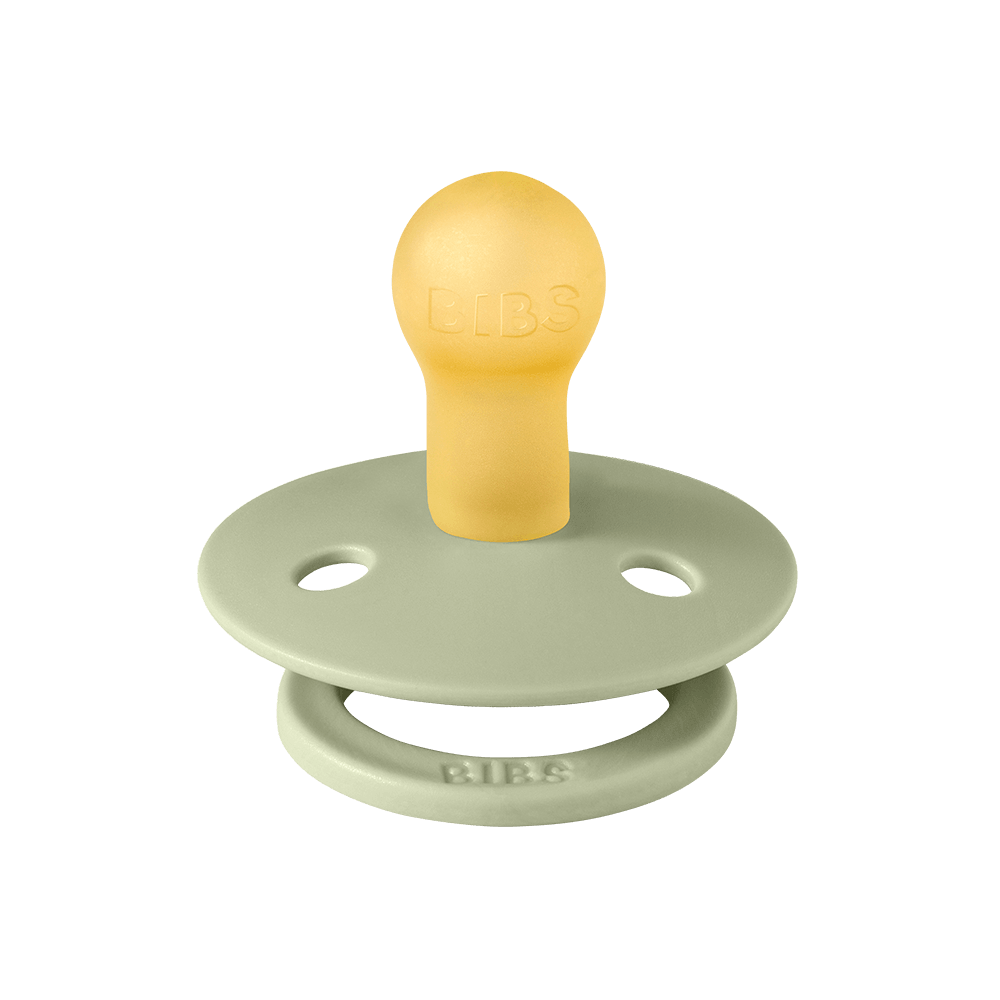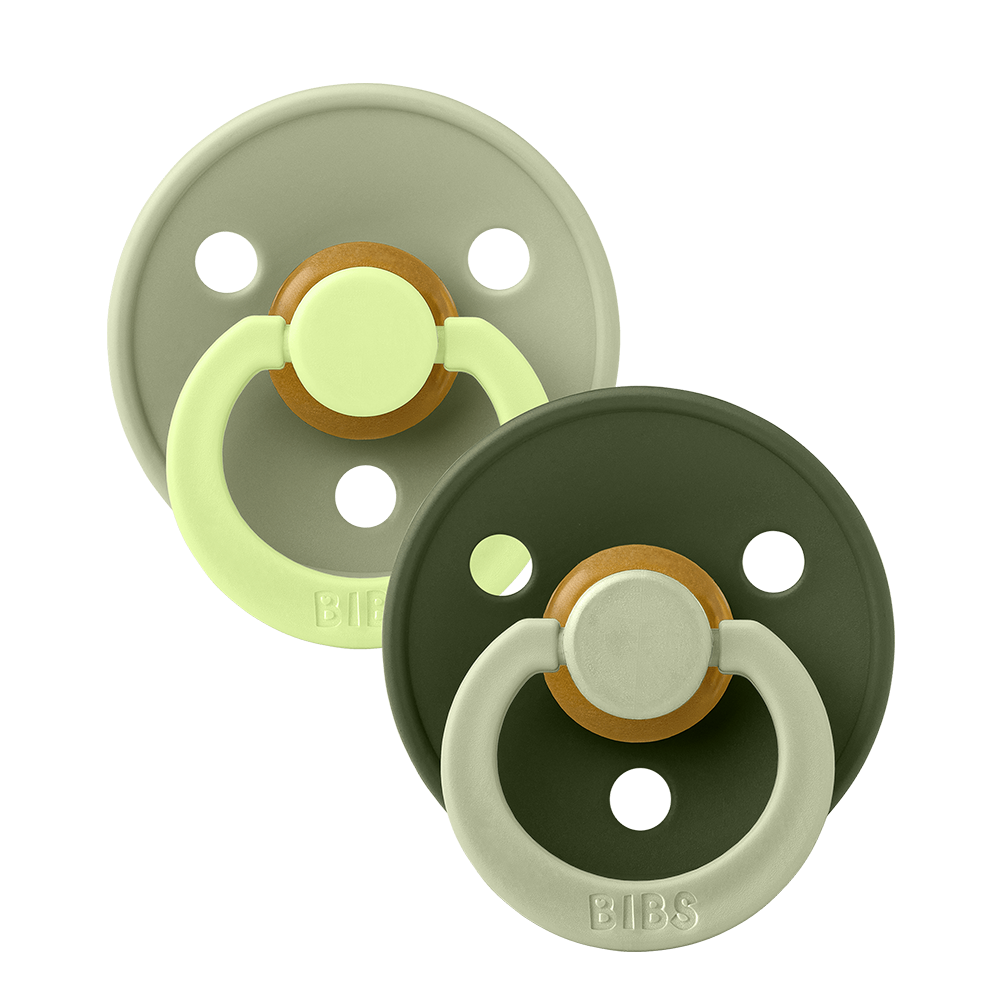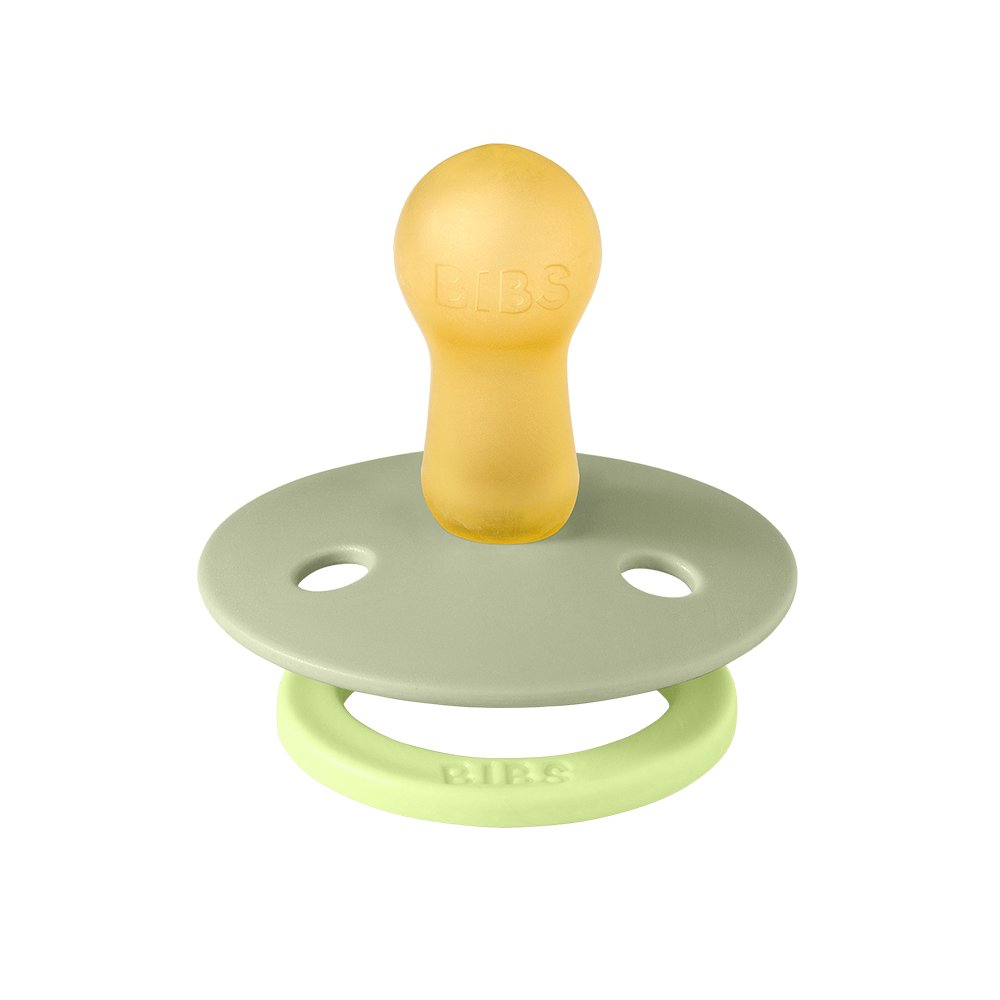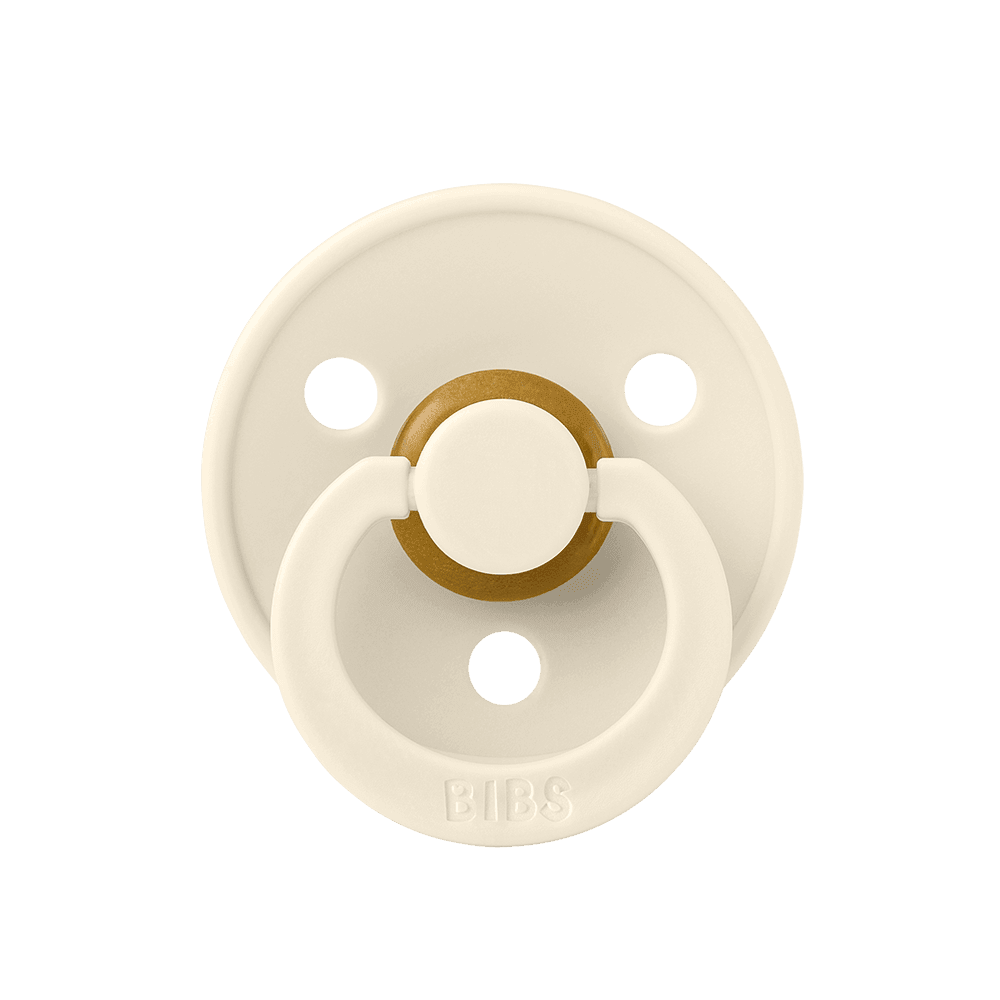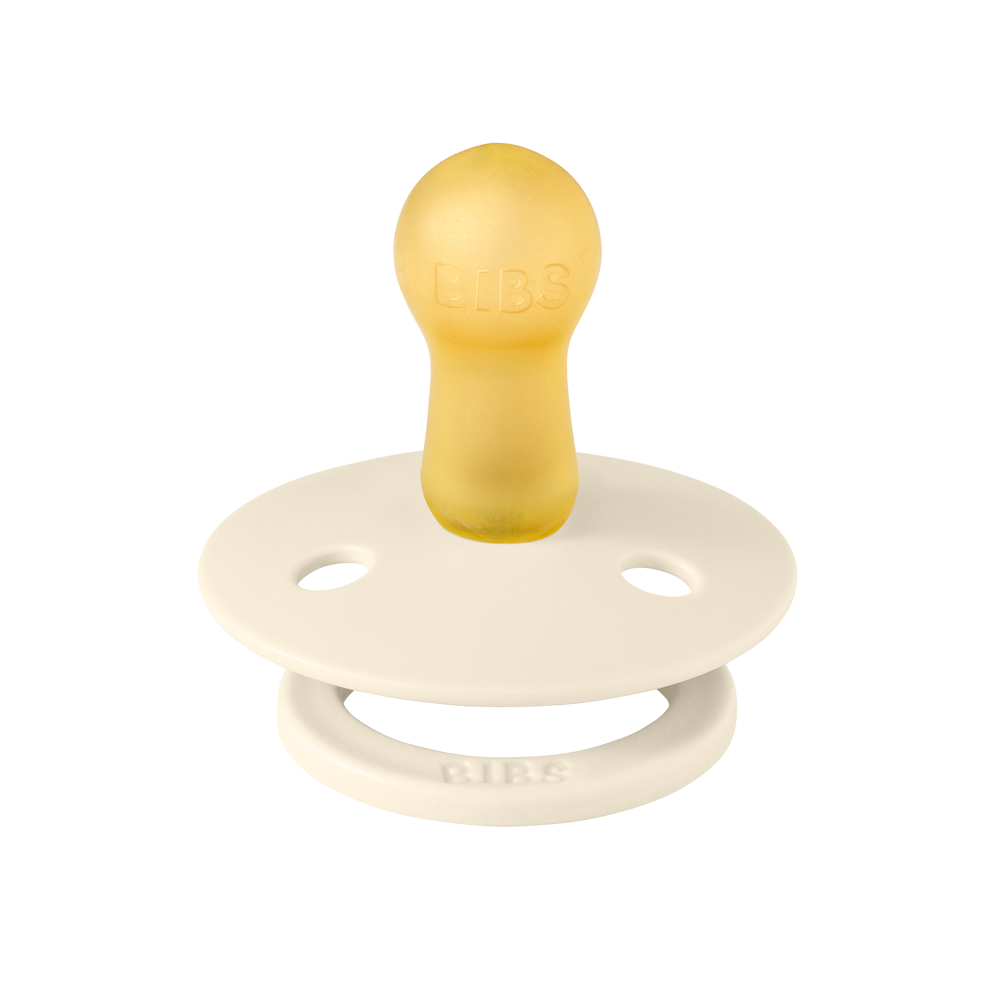Teething is a normal developmental stage for toddlers that can start as early as 6 months and continue until a child is about 3 years old. As new teeth emerge, your little one may show signs of discomfort or changes in behavior, which often includes chewing on objects, drooling, and being more fussy than usual. Understanding the teething timeline can help you anticipate when your child may need extra comfort or pain relief.
While each child experiences teething differently, some common symptoms include gum swelling, a slight increase in temperature, and an urge to gnaw. Although these signs are typically mild, they can be distressing for both the toddler and the parent. To provide relief, you might consider using teething rings or age-appropriate pain relief methods under pediatric guidance. Alongside managing teething discomfort, maintaining proper dental care is crucial for your toddler's oral health, which includes regular brushing and scheduling the first dental visit within the first year of life.
Key Takeaways
- Teething can begin at 6 months and last until about 3 years of age.
- Symptoms include gum swelling, a slight fever, and increased chewing.
- Dental care should be maintained throughout the teething process.
Toddler Teething Timeline
Understanding your toddler's teething timeline can help you better anticipate and manage the various stages of dental development.

When Does Teething Typically Happen
Teething typically begins around 6 months of age and continues until your child is about 3 years old. By the time they are a toddler, they may already have several teeth. Here's a quick guide:
- 6-13 months: Incisors (the middle teeth) come in.
- 8-16 months: Lateral incisors (the teeth next to the incisors) appear.
- 16-23 months: First molars, for grinding food, make an appearance.
- 23-33 months: Most children will have their 2-year molars fully erupted.
Teething Symptoms And Relief
As your toddler goes through the teething process, recognizing symptoms and knowing how to provide relief are essential. Teething can be a challenging period, but with the right strategies, you can help your child feel better.
Identifying Teething Symptoms
Teething generally begins around the age of 6 months and can be identified by a range of symptoms including:
- Irritability: Your child may seem fussier than usual.
- Swollen, tender gums: You might notice that your toddler's gums are swollen and feel tender to the touch.
- Drooling: An increase in drooling is often a telltale sign of teething.
- Chewing behavior: The pressure from teeth pushing through may lead your toddler to chew on objects to relieve discomfort.
These symptoms associated with infant teething may also include mild fever and disrupted sleep patterns.
Providing Teething Relief
To alleviate the discomfort associated with teething, you can:
- Gentle gum massage: Clean your hands and gently rub your child's gums.
- Cool objects: Offer a chilled teething ring or a clean, wet cloth to soothe sore gums, but avoid freezing these items as extreme cold can be harmful.
- Dry the drool: Keep your child's face dry to prevent skin irritation from excessive drooling.
Products like BIBS Baby Bitie may help satisfy your child's urge to chew while also bringing comfort. Buy here >
Addressing Teeth Grinding
Teeth grinding, also known as bruxism, may occur during teething. While this behavior is usually temporary, you can:
- Observe: Keep an ear out for grinding noises, particularly at night.
- Comfort: Offer a pacifier or teething toy as an alternative to grinding on teeth.
If teeth grinding persists beyond the teething phase or you're concerned about its impact on your child's teeth, consult with your pediatric dentist for guidance.
Dental Care For Toddlers
Ensuring your toddler maintains good dental health is crucial for their overall wellbeing. Establishing proper dental care routines early on will aid in preventing tooth decay and other oral health issues.
Brushing Techniques
For toddlers, tooth brushing is essential and should be done twice a day using a pea-sized amount of fluoride toothpaste. Use a soft-bristled children's toothbrush, making gentle circles on all surfaces of the teeth and gums. Encourage your toddler to spit out toothpaste but avoid rinsing with water, as some fluoride should remain in the mouth to protect the teeth.
- Morning Brushing: After breakfast
- Night Brushing: Before bedtime
When To Call The Doctor
Contact your pediatric dentist if you notice signs of dental problems such as:
- Persistent pain or discomfort
- Bleeding or swollen gums
- Signs of infection (e.g., pus, fever)
Prompt attention to these symptoms can prevent more serious complications and ensure your child's oral health is managed effectively.


